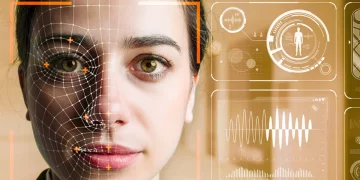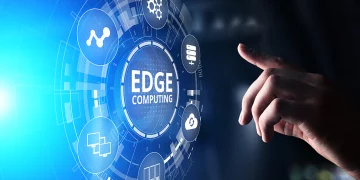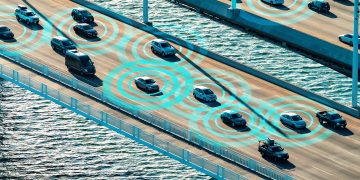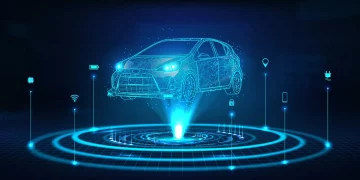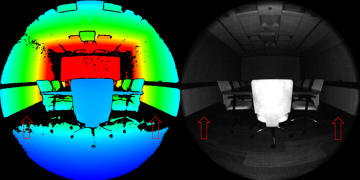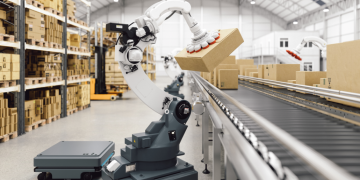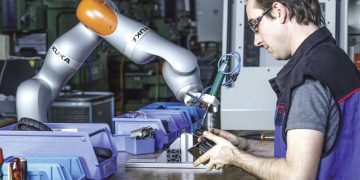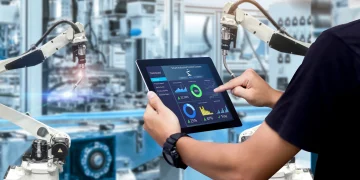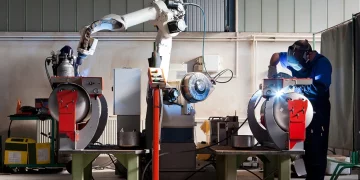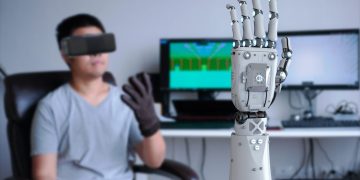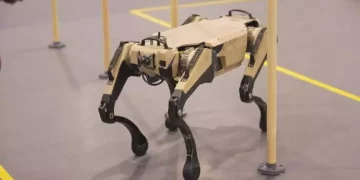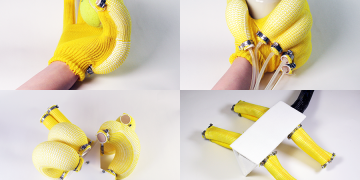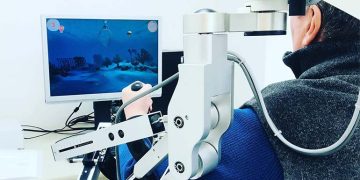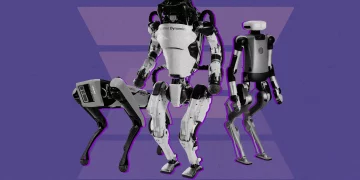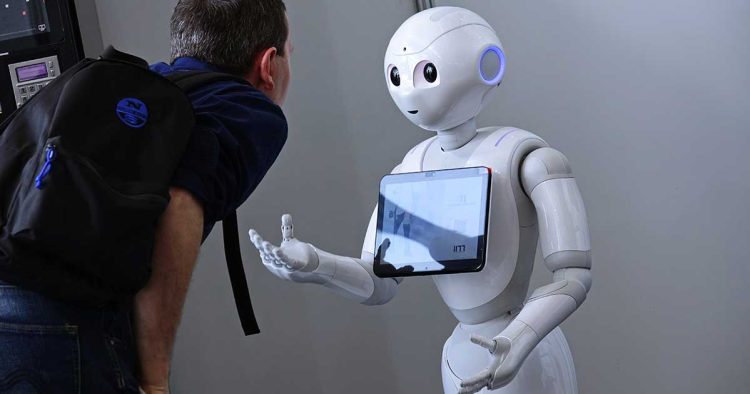Introduction
The long-term development of robotics technology has become one of the defining characteristics of technological progress in the 21st century. From the early stages of industrial robots to the emergence of autonomous, AI-driven machines capable of performing complex tasks, robotics is reshaping every aspect of society. As technological advancements in robotics continue to accelerate, the implications are vast—not only for industries but for society as a whole. Robotics will significantly impact how we work, live, and interact with the environment. The evolving nature of robotic systems presents both unprecedented opportunities and challenges, particularly with the growing integration of artificial intelligence (AI), machine learning, and advanced materials.
This article explores the future trajectory of robotics technology, analyzing its potential applications and the profound global impact it will have on society, economies, and global industries. By examining key technological advancements, societal challenges, and ethical considerations, this piece offers a comprehensive understanding of how robotics technology reflects technological progress and its long-term significance.
1. Evolution of Robotics Technology
a. Early Development of Robotics
The field of robotics can be traced back to ancient times, where myths of mechanical helpers, such as Talos (a giant bronze automaton in Greek mythology), fascinated early civilizations. However, the modern era of robotics began to take shape in the 20th century with industrial automation. The 1950s and 1960s marked the advent of the first robotic arms and automated systems used in manufacturing. The Unimate, the first industrial robot, introduced in 1961 by George Devol and Joseph Engelberger, is widely considered one of the most pivotal moments in robotic history. It marked the beginning of an era where machines would take on repetitive, labor-intensive tasks, improving productivity and reducing human error.
In the 1980s and 1990s, robots began to evolve from simple machines into more intelligent systems. AI, computer vision, and robotic manipulation allowed robots to perform more intricate tasks, such as object recognition, autonomous movement, and even interacting with humans in shared spaces. This period also witnessed the advent of robot-assisted surgery and the early introduction of autonomous mobile robots.
b. Advancements in Robotics: From Industrial Use to Everyday Life
The turn of the millennium saw the rapid advancement of autonomous robots, which could perform tasks ranging from military reconnaissance to logistics and transportation. The integration of sensors, machine learning algorithms, and advanced software enabled robots to navigate environments, recognize objects, and adapt to dynamic conditions.
Key milestones during this period include the development of self-driving cars, which represent a dramatic shift in transportation systems, and the rise of service robots in hospitality, retail, and healthcare. Robots like Pepper and Atlas demonstrated the potential for robots to function in social environments, exhibiting not only practical utility but also emotional intelligence.
2. The Role of AI in Shaping the Future of Robotics
a. Artificial Intelligence and Autonomy
Artificial intelligence has become the backbone of modern robotic systems. Today’s robots are increasingly driven by AI algorithms that allow them to learn from data, recognize patterns, and make decisions based on real-time information. Through deep learning, robots can process vast amounts of visual, auditory, and environmental data to navigate and adapt to their surroundings.
For example, robotic arms used in manufacturing are equipped with AI algorithms that allow them to adapt to new assembly line tasks without requiring human intervention. Autonomous vehicles leverage AI to make decisions about navigation, hazard detection, and route planning, all without direct input from human operators.
The integration of AI enables robots to exhibit advanced decision-making abilities and improves their efficiency in dynamic environments. As AI technology continues to evolve, we can expect robots to become even more capable of taking on complex, cognitive tasks such as problem-solving, creativity, and personalized services.
b. Machine Learning and Sensor Technologies
Another significant advancement in robotics is the integration of machine learning with sensor technologies. Vision sensors, including cameras and LIDAR systems, allow robots to perceive and understand their environment in ways that were once only possible for humans. By incorporating data from a variety of sources, including temperature, pressure, and motion sensors, robots can make highly accurate real-time decisions that are crucial for autonomous systems.
For example, robots used in search and rescue operations rely on sensors to detect victims trapped under debris, providing crucial information about their surroundings. Similarly, agricultural robots use machine learning to identify crops, monitor plant health, and optimize harvesting, all while minimizing human intervention.
3. Societal and Economic Impact of Robotics
a. Redefining Labor and Employment
The growing prevalence of robots in various industries is reshaping the labor market. Automation has already begun to replace routine and manual tasks in manufacturing, logistics, and agriculture, where robots perform tasks such as assembling products, delivering goods, and sorting materials. While this shift enhances productivity, it also raises concerns about job displacement.
Jobs in sectors such as retail, customer service, and transportation are increasingly being automated, leading to a shift in the type of labor required. However, while some roles are being replaced, others are being created—especially in areas such as robotics programming, AI development, and robot maintenance.
The key challenge is ensuring that displaced workers have the skills to transition to new roles. Education and training programs will be essential in helping workers acquire the knowledge and technical expertise needed to thrive in an increasingly robotics-driven economy.
b. Economic Opportunities and New Business Models
Robotics is not just a disruptive force; it also presents significant economic opportunities. Robot-as-a-service (RaaS) models, which allow businesses to rent robotic systems rather than purchasing them outright, make advanced robotics accessible to a wider range of organizations, particularly small and medium-sized enterprises (SMEs).
As robots become more affordable and widespread, new business models will emerge. Industries such as healthcare, transportation, and entertainment are already integrating robots into their operations to improve efficiency and enhance customer experiences. From personal assistant robots to robotic delivery services, the demand for robotic solutions is growing rapidly.
c. Global Inequality and Robotics Access
While robots can drive significant economic growth, the benefits of robotics are not likely to be evenly distributed. Advanced economies that lead in robotics development will continue to reap the greatest rewards, while developing nations may struggle to keep pace with technological advancements due to limited access to resources, education, and infrastructure.
The potential for widening global economic disparities underscores the need for international cooperation and investment in robotics education and capacity-building in developing regions. This approach will ensure that the transformative potential of robotics is shared more equitably across the globe.
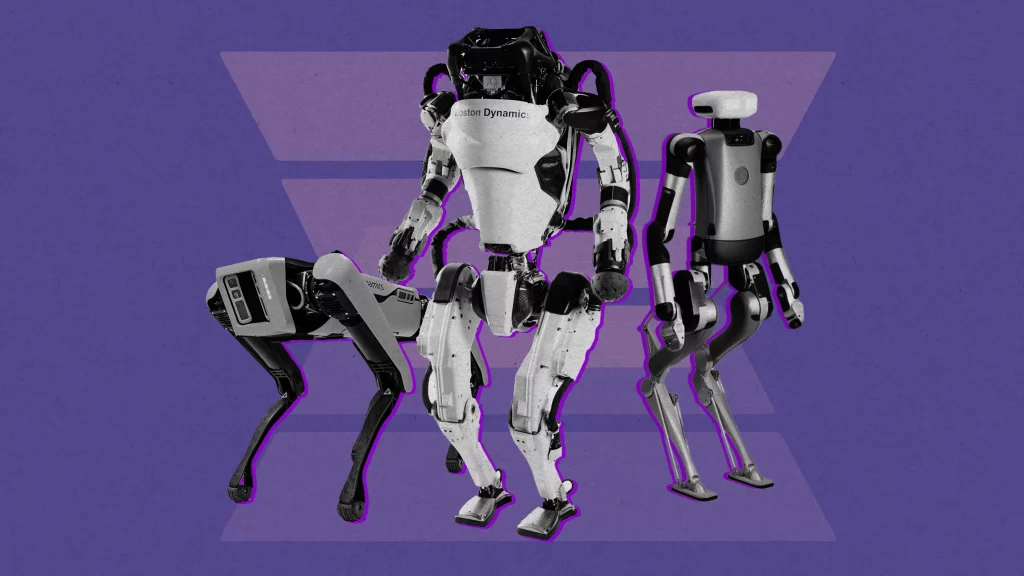
4. Ethical Considerations and Cultural Shifts
a. Ethical Concerns in Robotics
As robots become more autonomous and capable of making decisions, ethical questions regarding their use will become increasingly important. Issues such as privacy, autonomy, and robot rights will need to be carefully considered. For example, if a robot makes a harmful decision or engages in unethical behavior, who should be held responsible? The ethical programming of robots will become a critical field of study to ensure that robots behave in ways that align with human values.
In particular, AI-driven robots that interact with humans—whether in healthcare, education, or service industries—will need to be designed to adhere to ethical standards that protect users’ privacy, safety, and well-being.
b. Cultural and Social Impacts
The integration of robots into society also raises profound questions about human identity and the nature of social relationships. As robots become more common, will humans develop emotional attachments to them? Will they replace human interactions in certain contexts? Emotional robots—designed to recognize and respond to human emotions—may blur the lines between human-machine relationships, particularly in caregiving roles for the elderly or disabled.
Furthermore, as robots take on increasingly complex roles, they will likely challenge traditional cultural values related to work, leisure, and human capabilities. The acceptance and integration of robots into cultural norms will depend on how societies adapt to this technological shift.
5. Robotics and the Future of Global Sustainability
a. Environmental Impact
Robots can also play a significant role in addressing global environmental challenges. For example, robotic technologies can improve resource efficiency, reduce waste, and enhance sustainable practices in industries such as agriculture, mining, and construction. Autonomous drones and robotic systems can monitor and manage environmental changes, help in disaster recovery, and enable climate change mitigation strategies.
In agriculture, robots can optimize crop production while minimizing pesticide use and water consumption, contributing to a more sustainable food system. Similarly, robots in waste management can automate sorting and recycling processes, reducing the environmental footprint of urban centers.
b. Autonomous Systems in Disaster Management
Robots also have the potential to improve disaster response efforts. Autonomous robots equipped with sensors and AI systems can be deployed in hazardous environments to search for survivors, assess damage, and even deliver aid. These technologies will enable faster, safer, and more effective responses to natural disasters such as earthquakes, floods, and wildfires.
6. Conclusion: A Future Shaped by Robotics
The long-term development of robotics technology holds the potential to transform nearly every aspect of society, from how we work to how we live and interact with each other. As AI-powered robots become increasingly integrated into industries, governments, and households, the challenges and opportunities they present will require thoughtful consideration.
The global impact of robotics will depend on how these technologies are adopted, managed, and regulated. The future of robotics is not just a reflection of technological progress but a cultural evolution that will reshape global economies, social structures, and human relationships. To ensure that this transformation benefits society as a whole, we must address the ethical, economic, and environmental implications of robotics technology in a collaborative, inclusive, and sustainable way.






